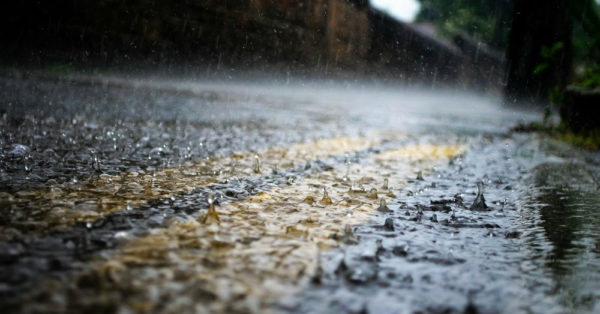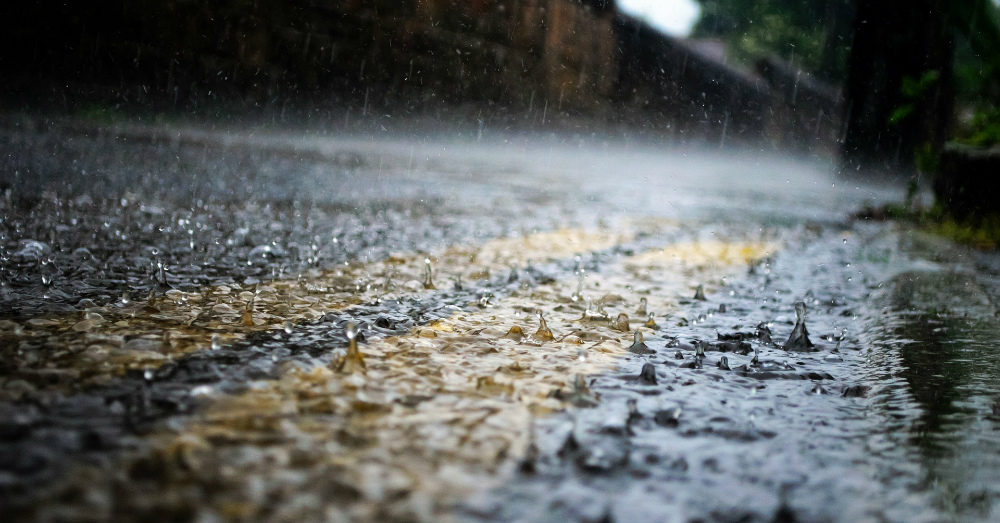Rain, snow and sleet can make it difficult to make the drive from one place to another. The stress of driving in the rain should be seen by anyone who experiences the challenge of making this ride. First of all, your vehicle needs to be properly prepared before you head out in a ride that’s not on perfect and dry pavement. Once the vehicle is prepped, you need to adjust your driving habits to handle the challenges the way you should. Check out some of these tips that will make a difference for you when it starts to rain.
Check Your Tires – Your ties have a tread pattern with grooves and channels that help to make it easier for the tire to have the proper grip on the road. This tread is meant to help ensure continued contact can be enjoyed when you drive and push water, mud or other debris away from the tires so you can maintain the friction desires. You need to check the tread depth and make sure it’s deep enough to be safe and you also need to check to make sure your tires area properly inflated before you head out on the road.
Wipers – Your windshield wipers create the visibility you can enjoy in the road when it’s raining. The rubber of the wiper blades can become worn of covered in grime who ends up causing them to leave streaks on your windshield or leave you with inconsistent coverage. Make sure you clean your wipers regularly and change them when needed to make sure your wipers will continue to perform for you the way you need them to. Your wipers can last longer if you use rubbing alcohol to clean them with, this material helps to remove any dirt or grim you can’t see easily.
Turn on Your Headlights – Thankfully, most vehicles that are built today have automatic daytime running lights or automatic headlights. These automatic systems will come on when the vehicle sensors indicate a dusk or lower sunshine setting. If your vehicle doesn’t have these types of headlights you need to turn yours on when driving in the rain. This is one way that you can improve your visibility and make sure other motorists on the road can see you as well. Turn on the lights and be seen so that you can avoid an accident while in the rain.
Avoid Hydroplaning – When your vehicle hydroplanes you lose contact with the surface of the road with your tires for a period of time. There is a common misconception that driving through a puddle quickly can help you avoid hydroplaning, but the opposite is actually true. If you do begin to hydroplane you need to keep both hands on the wheel and slowly apply the brakes to help reengage the contact you had with the surface of the road and your tires. If you see a puddle up ahead you should take your foot off the accelerator and begin to slow down as you approach the puddle.
Never Use Cruise Control – When it’s raining you need to maintain the control of your vehicle. Your reaction time when the cruise control is engaged can be slower and the purpose of this feature is to maintain a constant speed which means you could hydroplane more easily than when the roads are dry. By avoiding the use of this feature you’ll be more alert to the changing road needs and the challenges that face you. This gives you the ability to drive in the rain and maintain the control you need when you’re behind the wheel.
Slow Way Down – Because the roads can get wet and hard to drive on quickly you need to slow down and take it easy when it’s raining. By driving below the speed limit you can keep your vehicle under control more easily and have the ability to drive safely. If you end up driving extremely slow on the roads, especially the highways, you need to turn on your hazard lights and be in the far right lane in order to maintain the visibility needed for other drivers. Take it slower and arrive where you’re headed safely when the rain starts to fall.




